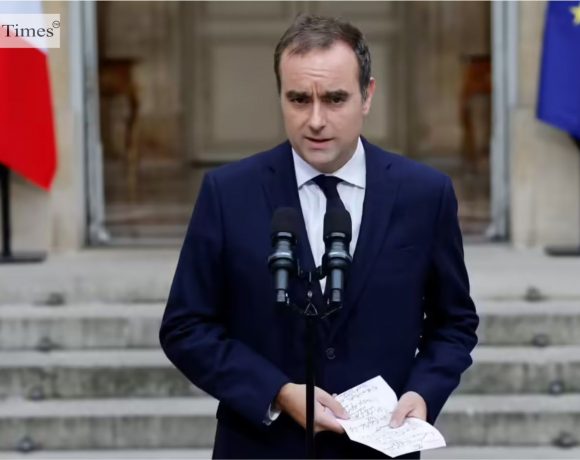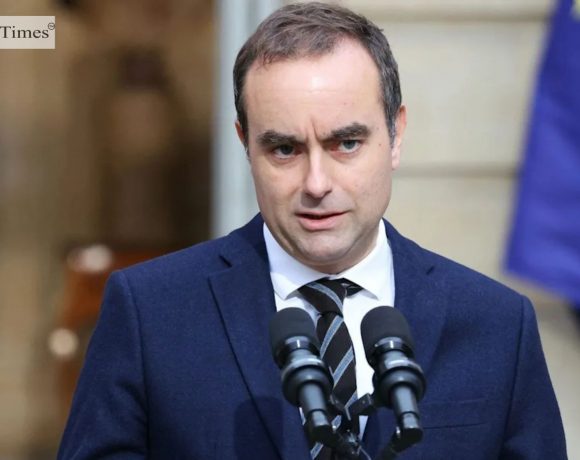
The European Union is pushing forward with plans for a continent-wide anti-drone defence network following repeated drone incursions into Polish airspace and incidents over airports in Denmark and Germany. Initially pitched by Baltic nations as a “drone wall” along the eastern border, the proposal has evolved into a broader “European Drone Defence Initiative,” aiming to deploy interconnected sensors, jamming systems, and interception technologies across the EU. The move highlights Europe’s growing recognition of drone threats and its desire to take greater responsibility for regional defence amid calls from the U.S. for increased self-reliance.
However, the proposal remains mired in internal disputes over cost, coordination, and control. France and Germany are reluctant to hand authority over major defence projects to the European Commission, preferring national oversight. Smaller states, meanwhile, argue for a unified EU-led approach to streamline efforts and funding. Without broad government support, experts warn the project could struggle to access EU financing despite potentially generating billions of euros in defence contracts.
Drawing on Ukraine’s battlefield experience against Russian drones, the proposed system would integrate cameras, acoustic sensors, radar, and AI-assisted detection tools, supported by interceptor drones, cannons, and electronic jammers. Defence firms such as Rheinmetall, Helsing, and Alpine Eagle have lined up to participate, promoting solutions for cost-effective protection against swarms of low-cost drones. Yet defence officials caution that Europe’s counter-drone capabilities remain limited and fragmented, with full implementation likely years away despite the growing urgency.
Pic Courtesy: google/ images are subject to copyright









